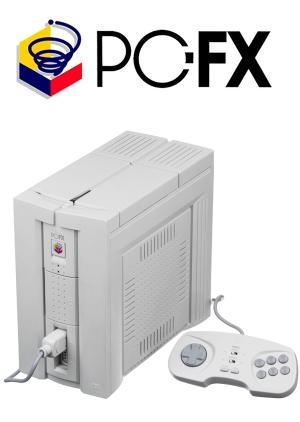
PC-FX
PC-FX Specifications
| Manufacturer: | NEC |
| Developer: | NEC |
| CPU: | NEC V810 |
| Memory: | 2 MB |
| Graphics: | HuC6270, HuC6271 |
| Sound: | 16-Bit stereo, two ADPCM Channels, six 5-Bit sample Channels |
| Medium: | CD-ROM |
| Display: | 256x240p, 341x240p, 256x480i, 341x480i |
| Controllers: | 2 |
The PC-FX is a 32-bit home video game console made by NEC Corporation. It was released in Japan on December 23, 1994, just weeks after Sony's PlayStation and a month after the Sega Saturn. It is the successor to NEC's PC Engine, known as TurboGrafx-16 in North America.
Unlike its predecessor, the PC-FX was only released in Japan. The console is shaped just like a tower PC and was meant to be similarly upgradeable. However the PC-FX was using an outdated graphics chip that rendered the system underpowered in comparison to its competitors, which caused it to be a commercial failure. A lack of developers' support also meant inadequate games and as a result it was unable to compete effectively with its fifth generation peers. The PC-FX was NEC's last home video game console, and was discontinued in February 1998.
The PC-FX was notable for its ability to play FMV-based games with high-quality graphics and sound. It featured an enhanced version of the HuC6280 CPU used in the PC Engine, as well as dedicated hardware for handling video decompression and playback. However, the system's reliance on FMV-based games limited the types of games that could be made for it, and the console lacked the processing power to handle more advanced 3D graphics.
Despite its technical capabilities, the PC-FX suffered from poor marketing and limited third-party support, which contributed to its failure in the marketplace. Today, the console is primarily remembered as a curiosity among gaming enthusiasts and collectors.
The PC-FX uses CD-ROMs as its storage medium, following on from the expansion released for its HuCard based predecessor. The game controller is virtually identical to a DUO-RX controller, but the rapid fire switches have been replaced with mode A/B switches. Peripherals include a PC-FX mouse, which is supported by strategy games like Farland Story FX and Power DoLLS FX.
The PC-FX uses the HuC6270 and HuC6271 graphic chips, and is able to decompress 30 JPEG pictures per second while playing digitally recorded audio, essentially a form of Motion JPEG. This gives the PC-FX superior full motion video quality over all other fifth generation consoles.
The PC-FX's computer-like form factor was unusual for consoles at the time. It stands upright like a tower computer while other contemporary consoles lay flat, and it has three expansion ports. Similar to the 3DO, it features a built in power supply.
The PC-FX includes an HU 62 series 32-bit system board, an LSI chip, and a 32-bit V-810 RISC CPU. The system can display 16.77 million colors (the same amount as the PlayStation).
Unusual for a fifth generation console, the PC-FX does not have a polygon graphics processor. NEC's reasoning for this was that polygon processors of the time were relatively low-powered, resulting in figures having a blocky appearance, and that it would be better for games to use pre-rendered polygon graphics instead.
Latest on PC-FX
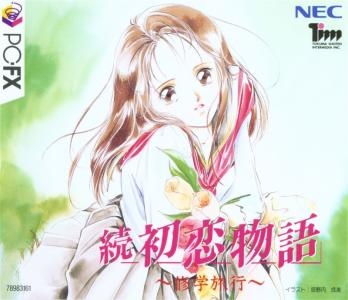
Zoku Hatsukoi Monogatari: Shūgaku Ryokō
Zoku Hatsukoi Monogatari: Shūgaku Ryokō is a mixture of adventure and "love simulation" - more specifically, first love. The player takes the role of ...
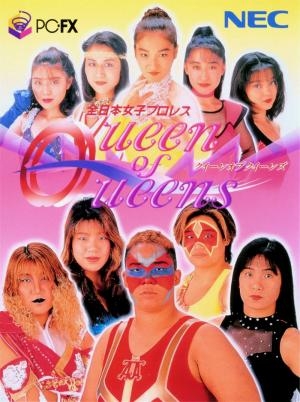
Zen Nihon Joshi Pro Wrestling: Queen of Queens
Queen of Queens is a wrestling game featuring licensed stars from All Japan Women's Pro-Wrestling League, such as Aja Kong, Akira Hokuto, and others. ...

Voice Paradise
The hero of the game is in his space ship, on the way to his home planet. But the space ship crash-lands on the Earth. The hero is on an important int...
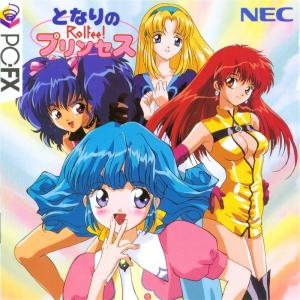
Tonari no Princess Rolfee!
The official mascot of the PC-FX console is now the star of her own game. Rolfee is a princess of a magical land which is threatened by demons. So Rol...
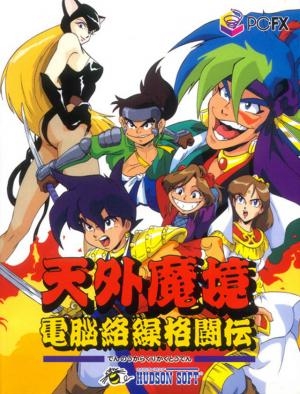
Tengai Makyō: Dennō Karakuri Kakutōden
The ancient demon Yomi is about to be revived once again, and warriors all over the land of Jipang have gathered to stop him. But only the strongest o...
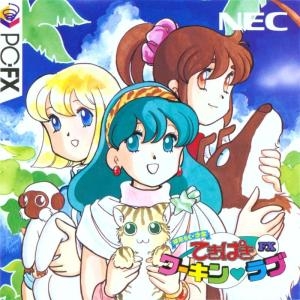
Tekipaki: Working Love FX
Tekipaki: Working Love FX is essentially an upgraded version of Tekipaki: Working Love for Turbo CD. It adds several scenarios to the main game, which...
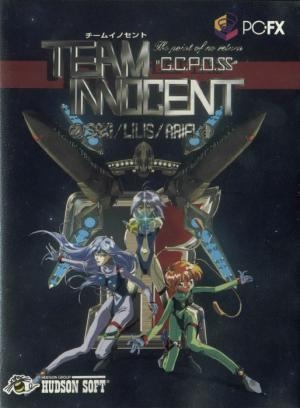
Team Innocent: The Point of No Return
The events of the game are set in the future. The Galactic Police discovers that a scientist named Cronus has conducted genetic experiments on human b...
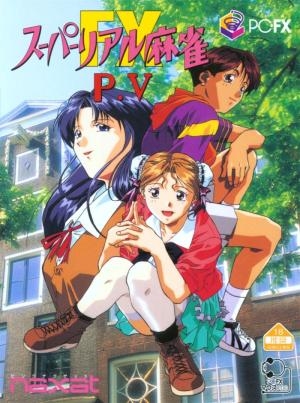
Super Real Mahjong PV
Super Real Mahjong PV is the fifth installment in the strip mahjong series. There is no background story in the game; the player is merely introduced ...
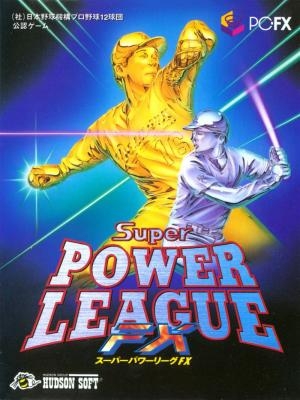
Super Power League FX
Super Power League FX allows the player to participate in the most prestigious Japanese baseball league, Nippon Professional Baseball. The player can ...
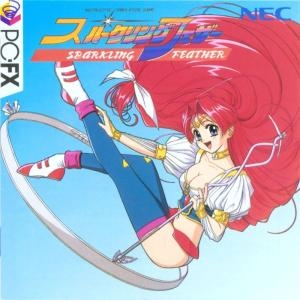
Sparkling Feather
Long time ago, there was a happy country called the Eternal Feather Kingdom. Protected by benevolent deities, it flourished until a disaster came: a d...